By Charles Whiting
In the early 1970s, a former British Royal Air Force policeman–turned-hairdresser, Ken Small, visited South Devon on England’s Channel coast. While snow lies thick on the heights of Dartmoor in winter, one can walk about here on the coast in shirtsleeves; it is that warm. And Ken Small from Britain’s rugged chilly north thought he might settle here and enjoy that warmth.
Things turned out vastly different for the bespectacled ex-policeman. For on his first visit to the Slapton Sands area of South Devon, where a quarter of a century before U.S. troops had practiced for the Normandy landings, he met a local fisherman and diver who set him off in a completely different direction which would dominate his life for the next 30 years. The fisherman told him that one of the American tanks used in these 1944 exercises had sunk when it had left its landing craft and now lay intact on the seabed a couple of hundred yards offshore. The hairdresser was intrigued immediately. Within 24 hours he had made his decision. Somehow he would raise that tank and set it up on the shore at Slapton Sands as a permanent memorial to all the U.S. servicemen who had lost their lives liberating Normandy just across the English Channel.
The Tank at the Bottom of the Sea
But who owned that tank at the bottom of the sea? It took a year to find out, and in the end Small bought the Sherman tank from a U.S. government agency for $50, which was about all he could afford.
Now came the next problem: how was he going to raise his tank? Nine years later he was still looking for help and money to retrieve a rusting Sherman he had never seen and which had lain at the bottom of the sea since March 1944. The U.S. Embassy in Grosvenor Square, London, once known to England-based GIs as “Eisenhower-platz,” said it had no funds for such projects. Small turned to the ordinary folk of the area. Offers of money and help poured in from British people still grateful to the Yanks. Even the British army chipped in, offering soldiers and equipment from the elite 3rd Royal Tank Regiment.
Thus it was that after 10 years, with the TV cameras whirring and a large crowd waiting in tense expectation, that on Saturday, May 17, 1984, the salvage crews descended 65 feet below the surface of the sea to raise Small’s tank. Fortunately, everything went well, unlike most of these recovery jobs. For Small was racing against time. He wanted the Sherman in position on a hard stand at Slapton Sands ready for the 40th anniversary of D-Day. He made it just in time, and there the Sherman rests to this day, the muzzle of its cannon pointing out over Stuart Bay where it had all happened and the mystery had commenced.
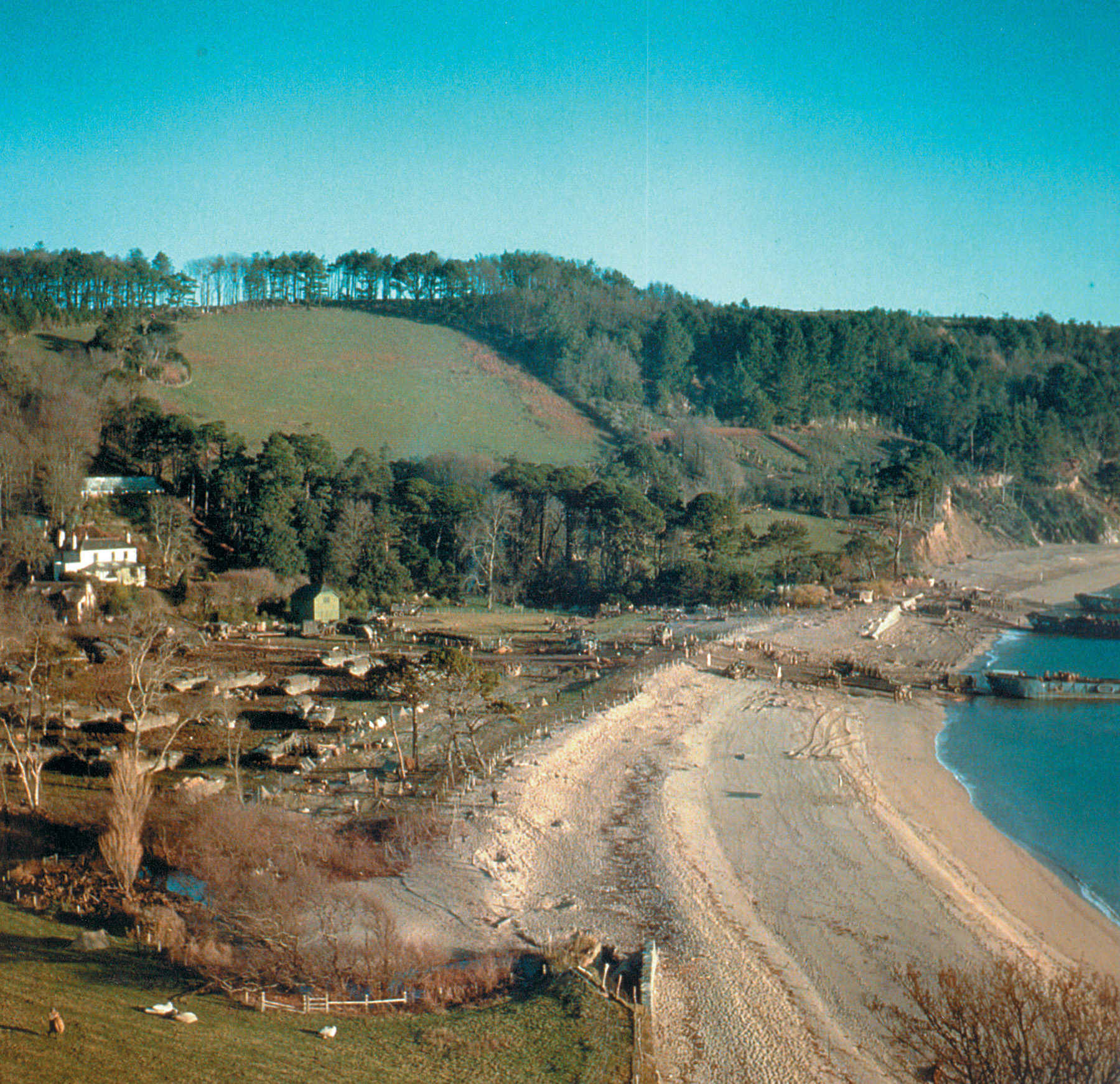
Ken Small, proud of his achievement after a decade of wheeling and dealing, did not realize the recovery of that tank from the U.S. 70th Tank Battalion would reopen the debate about controversial events that would continue long after the ex-hairdresser was dead.
The recovery of the small tank had aroused worldwide publicity. With that publicity had come the reemergence of rumor and dark talk of a U.S. Army cover-up that dated back to the war itself. There was talk of mass graves, trainloads of dead GIs being shipped to other parts of the United Kingdom (U.K.) to be buried there secretly, a mass censorship ban, and strictest secrecy being imposed on all U.S. personnel who had been in the Slapton Sands area that fateful spring, including all nurses and doctors who had treated the survivors of some mysterious major incident that had taken place there.
That censorship ban, according to the rumor mongers, had never been lifted even 40 years after the war. Ostensibly, the reason was because the Pentagon did not want Joe Public in the States to learn that there had been a major foul-up in the training for the U.S. landing at Utah Beach, which had cost four times as many U.S. casualties than on D-day itself.
Small, now somewhat of a local celebrity, published his own version of what had actually happened in his book on Exercise Tiger, as this mysterious and controversial operation was called. Tiger involved 30,000 GIs from the 4th “Ivy League” Infantry Division, the 297th Combat Engineers, and the 70th Tank Battalion, who would practice a mass landing at Slapton Sands. Supposedly, the shoreline bore a close resemblance to Utah Beach in Normandy where in two months’ time the real assault landing would take place.
Unfortunately, according to Small and others who believed they were to reveal the great cover-up for the first time, the Germans had picked up the American radio traffic of the convoy in the English Channel and had launched an attack by E-boats from their home port of Cherbourg, France. This force attacked the U.S. and British ships with torpedoes and cannon fire, sinking two U.S. landing crafts, 507 and 530, and badly damaging another. That night of April 27, 1944, several hundred GIs were killed or drowned and a very worried General Dwight D. Eisenhower, supreme commander of Allied forces in Europe, ordered all bodies to be recovered at all cost and the whole matter hushed up, presumably forever. But now, 40 years later, the matter was finally out in the open. Who in the Pentagon had continued to maintain the great cover-up?
But Had There Really Been a Cover-up in the First Place?
Immediately after the war, despite the rumors circulating in the Devon of the 1980s, there had been several books outlining the Slapton Sands tragedy (indeed the Stars & Stripes had already made reference to it during the war itself in July 1944). Captain Harry Butcher, Eisenhower’s personal assistant and naval aide, had given a fairly detailed account of the event in his My Three Years with Eisenhower (1946). It was also referred to in the U.S. Army’s official history, Cross Channel Attack (1951), and in Admiral Samuel Eliot Morison’s official U.S. Navy history, The Invasion of France and Germany (1957). So where was the cover-up?
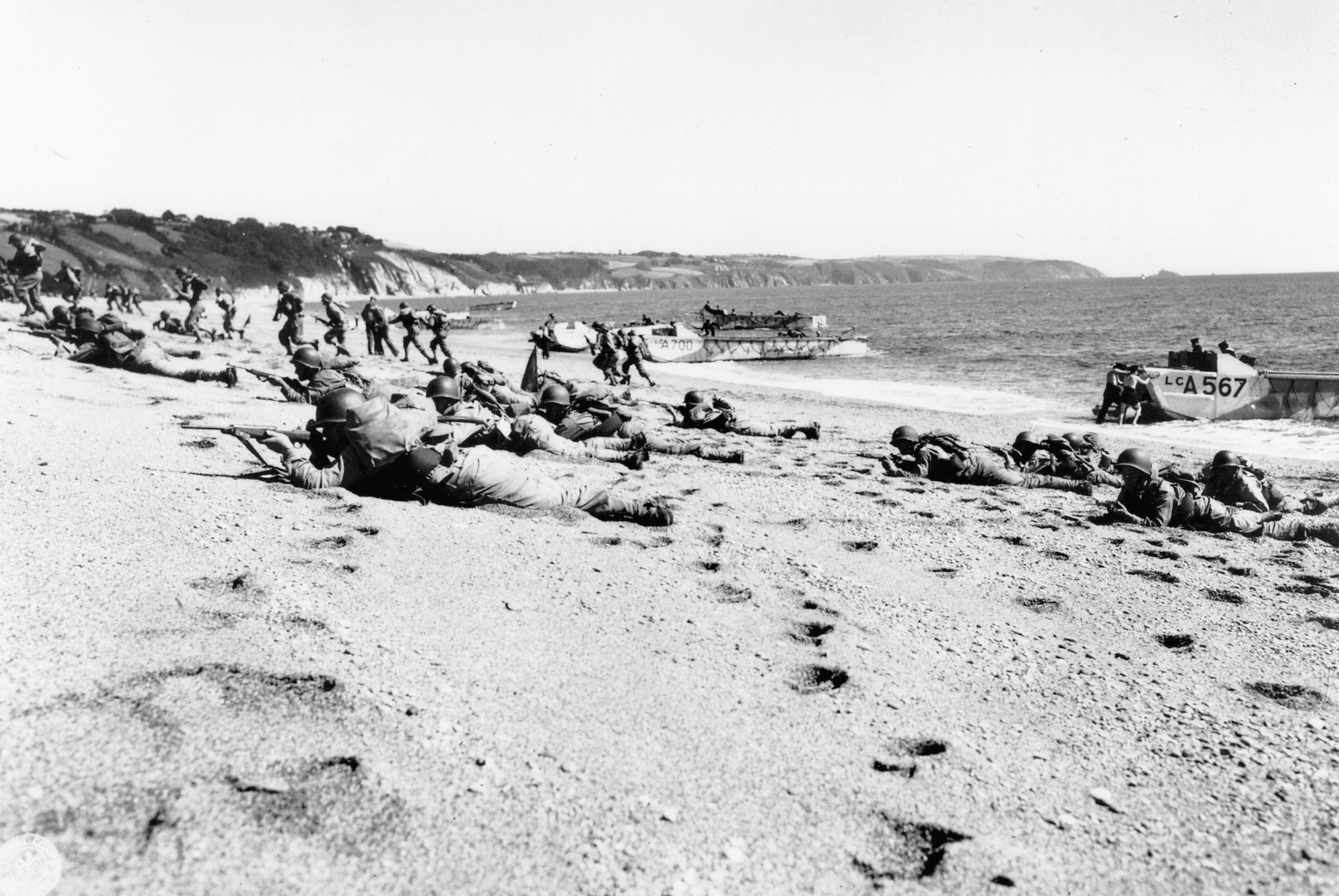
Indeed, on the first official anniversary of D-day, when the U.S. authorities unveiled a monument at Slapton Sands honoring the locals for giving up their land and homes so that the Americans could use the area as a training ground, General Alfred Guenther gave a full account of the tragedy that had befallen Exercise Tiger.
Still, the ugly rumors persisted, not only in the U.K., but in the States too. In Washington D.C., WJLA-TV pursued the matter relentlessly. The station manager was told by the Army’s Public Affairs Office that there had been no cover-up. Exercise Tiger had been well documented years before. But Small’s book, The Forgotten Dead, continued to fuel the conspiracy theory, especially as Small maintained that if those GIs of Tiger had been killed out at sea, why was he continuing to find bits and pieces of U.S. Army equipment on the shore itself. Who had died on Slapton Sands then?
Had there then been not just one foul-up at Slapton but two—one out at sea and another on the land? Small was put in contact with Congresswoman Beverly Byron, who turned out to be no less a person than the daughter of Eisenhower aide, Captain Butcher. In her turn, she introduced Small to the Pikes Peak Chapter of the Association of the U.S. Army in Colorado, where the 4th Infantry Division was stationed.
In Colorado it was proposed that a small plaque would be erected at Slapton next to Ken’s tank. This was done on November 15, 1987. Once again the conspiracy theory was raised in the media. This time it was alleged that heavy casualties were inflicted on those GIs landing on the beach by their own comrades who defended it and fired live ammunition at the assault troops.
“Hundreds of Americans in a Mass Grave.”
Suddenly, eyewitnesses began to appear. Local resident Dorothy Seekings maintained that as a girl she had witnessed the burial of “hundreds of Americans in a mass grave.” BBC TV tackled that one. The BBC reporters queried the farmer on whose land the mass grave was supposed to be. The farmer maintained he had not seen a single bone there in years of plowing his fields.
Still, the ugly rumors persisted. Now, Americans who had been there at the time came forward to testify they had seen “hundreds of Americans” mown down by their own men on the shore. U.S. records were discovered referring to hundreds of dead being transferred to nearby Blackwood Cemetery where they were interred temporarily. What happened to the bodies thereafter seems unclear. Were they sent home at the request of their next-of-kin, or were they permanently interred at the U.S. Cambridge Military Cemetery? Or were those bodies buried somewhere else, their place of internment never recorded for security reasons?
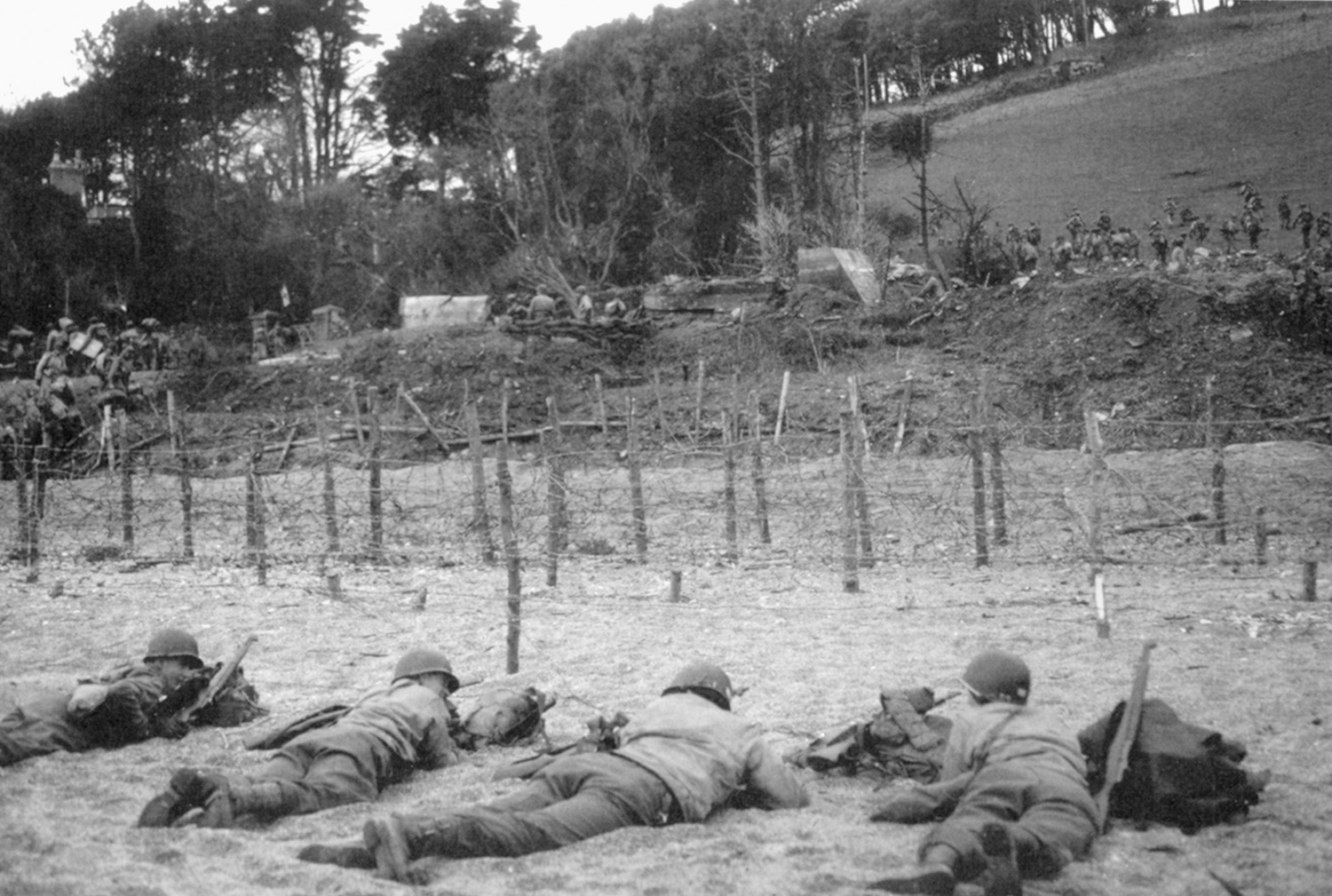
Nearly two decades later, the riddle of Slapton Sands still seemed unresolved. In May 2004, a full 20 years after Small raised his tank, a major and respected British newspaper, The Observer, founded in the 18th century, revealed that its reporters had been investigating the Slapton Sands affair for years. Under the headline “Scores of US soldiers died in a mock invasion off a Devon beach and their corpses were secretly buried,” The Observer feature writer maintained that what happened there was a major case of friendly fire, which the U.S. Army urgently needed to cover up and has continued to do so to this day.
According to the Sunday newspaper, all the casualties were not caused by the German E-boats. The official version was wrong. The paper wrote, “Statements collected by The Observer over several years reveal a truth almost too awful to contemplate.” For this reason, “ … the Pentagon (has) suppressed the truth.” The paper reported, “As thousands of GIs swarmed ashore from their landing craft they were cut down by bullets fired by comrades playing the role of German defenders, who had for some reason been given live ammunition.”
To prove this contention, The Observer found witnesses ranging from U.S. Lt. Col. Edwin West from Baltimore, Md. who saw infantrymen being “mowed down” by their own side to “Land Girl Joyce Newby who helped to make hundreds of coffin lids at a nearby timber yard” for the “victims of friendly fire at Slapton.”
But despite The Observer’s contentions, the Pentagon, then and now, has never mentioned any bodies being found on Slapton Sands. Nor on first sight does it seem likely that there could be two major tragedies taking place on that same April morning 60-odd years ago now. First, the German E-boat attack resulting in heavy casualties, and then some time later in the same general area a massive snafu of friendly fire resulting again in heavy casualties among the assaulting American infantry. On the face of it, that seems to be stretching the supposed facts a little too far.
Yet, at the same time, The Observer has now produced witnesses who testify to casualties on the beach itself and not out to sea. Detailed records, according to The Observer feature writer, kept by the British station master at the small town of Kingsbridge five miles from Slapton Sands, reveal that three trains were secretly loaded with dead GIs between July and August 1944, under military guard. They had been dug up from mass graves. One can ask where they came from and where they went. Were these (according to the Pentagon) the non-existent beach bodies?
Casualties and Censorship
Although in more recent years bones and skulls identified as belonging to GIs have been dug up in the Sands, the Pentagon still refuses to countenance a second tragedy. As the U.S. Center of Military History states: “We don’t know of any official incident other than the German T-4 convoy (the E-boat attack).”
So, an impasse has been reached. When one looks at the matter more closely, there could have been two incidents which took place that April that were logically related. The men of the 101st Airborne Division, who took part in Operation Tiger as foot soldiers, testified to the disorganization of the exercise on land. One trooper, D. Webster of the 506th Parachute Infantry Regiment, recalls the mass confusion that his company experienced getting to their positions on the beach and the soldiers of the 4th Infantry passing their lines, sweating, cursing, and panting, “for some reason known to them.”
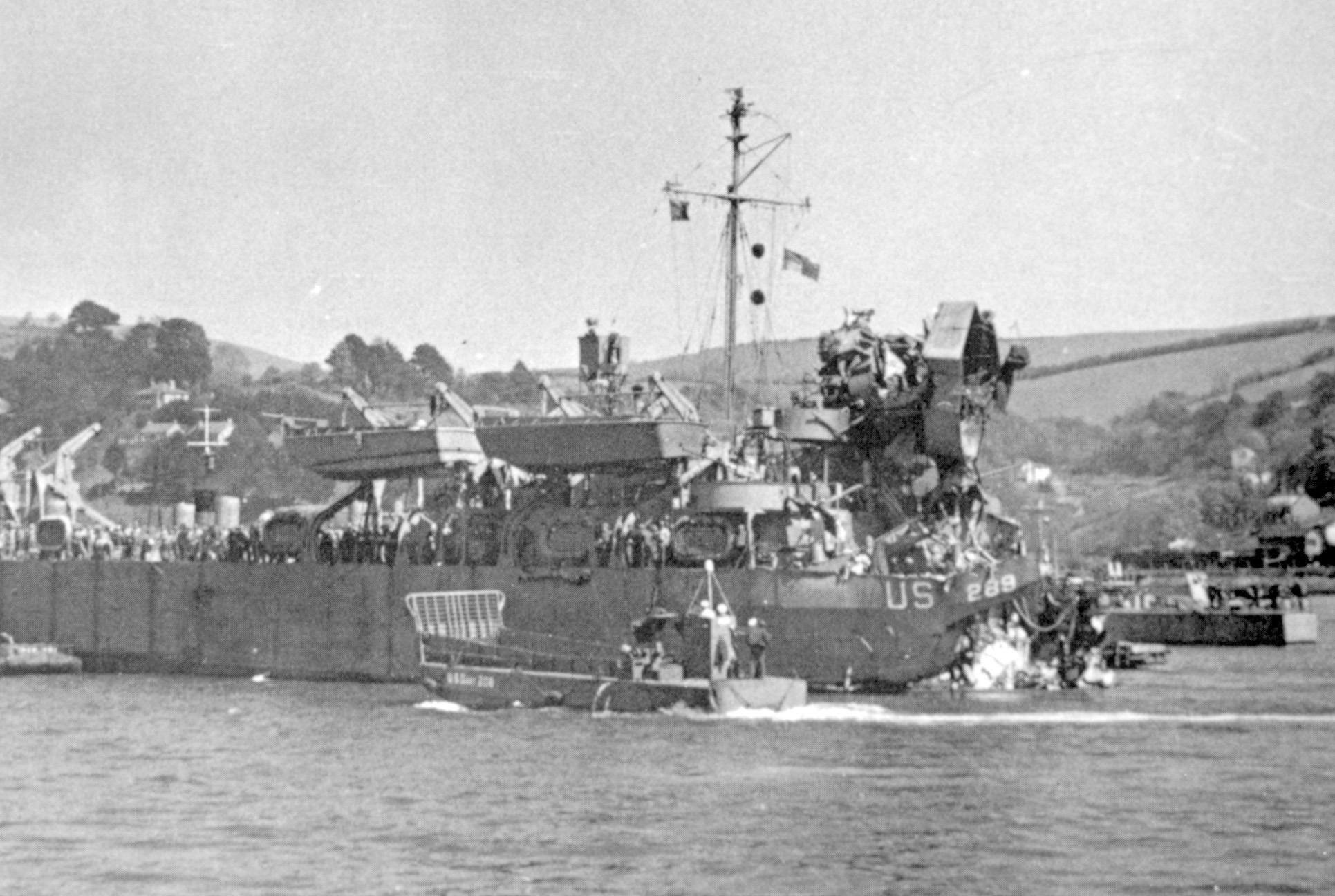
Then, Webster recalled being told by his company commander, “We cannot write about our Torquay (a nearby town) excursion.” As the Screaming Eagles’ mail was censored anyway, Webster and the rest did not bother. Besides, a few days later they had their own major snafu when during a mass exercise 20 Dakota transport planes returned to base without dropping their paratroopers. Of those who did drop, 436 became casualties!
Could this be what happened that day? The E-boat attack upset the timetables and the radio links to the beach and created an atmosphere of panic and confusion among the staff directing the operation. As a result, the shore timetables for the defenders became tangled, confused, and wrongly executed. In those days anyone in the infantry who trained for battle in Europe usually underwent an exercise under live fire as part of his final training. This entailed advancing under a carefully timed artillery barrage and then attacking in the face of small arms fire carried out by expert machine gunners and snipers firing from both flanks. As a 17-year-old infantryman in that same year, the author went through these live fire experiences as well in preparation for what was to come on the other side. They were hairy, and even when well conducted there were still casualties.
Soldiers who ventured out of line or formation ran a terrible risk under such close fire with live ammunition. It was only by adhering to clear timetables and strict discipline from unit leaders that a maneuver of this kind could be carried out successfully.
Solving the Mystery at Long Last
Assuming, therefore, that the tragedy out at sea had affected the whole operation, including the assault landing on the defended beach at Slapton Sands, the attackers might well have encountered uncoordinated artillery and small arms fire. The result? Yet another tragedy. But this time it could not be accounted for by enemy action. This second tragedy on land was a direct result of confusion and failed leadership on the part of one’s own officers. Americans had been slaughtered by Americans—friendly fire, as it would be called today, though in Normandy when it became a fairly common experience the hard-pressed GIs and Tommies had other and cruder names for the failings of their artillery and air forces.
So what were the American authorities going to do? They would have difficulty enough explaining how those E-boats had gotten so close to the British shore undetected and killed 700 Americans. How were they going to explain the second tragedy? In the end, someone perhaps decided that there should be no attempt at an explanation. Instead, the matter should be covered up. They would use tragedy number one to conceal tragedy number two.
Whatever was decided (if anything was), how are we to decipher the riddle of Slapton Sands sixty years on? The answer might be, as they used to say in those classic detective mysteries by Agatha Christie, “Find the body!”
In this case, those of the missing “hundreds of dead Americans” that the supposed eyewitnesses always claim to have seen. Where did they go after being shipped from Kingsbridge Station in three guarded trains that summer of 1944? Find their resting place, and the mystery of Slapton Sands might be solved at long last.
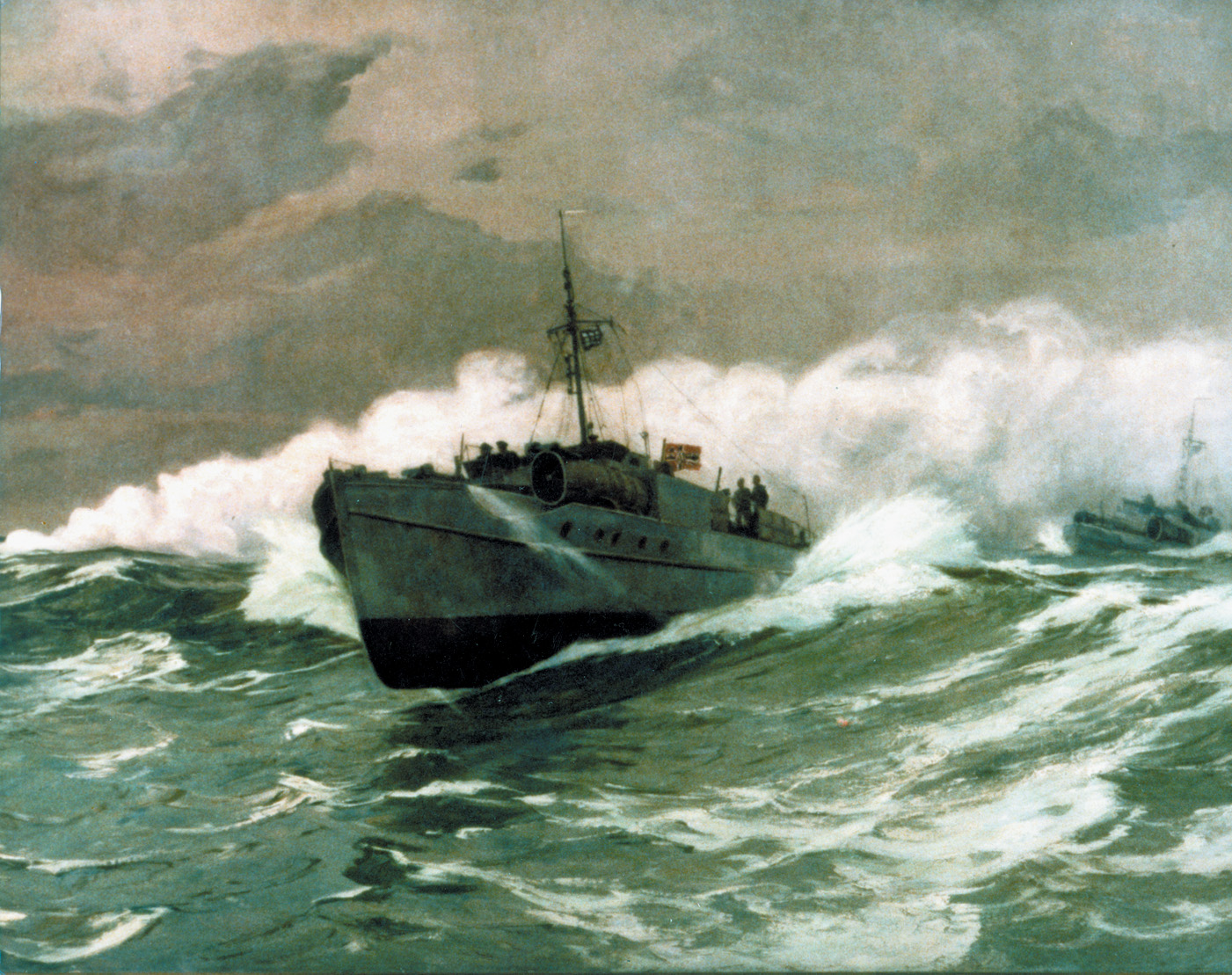
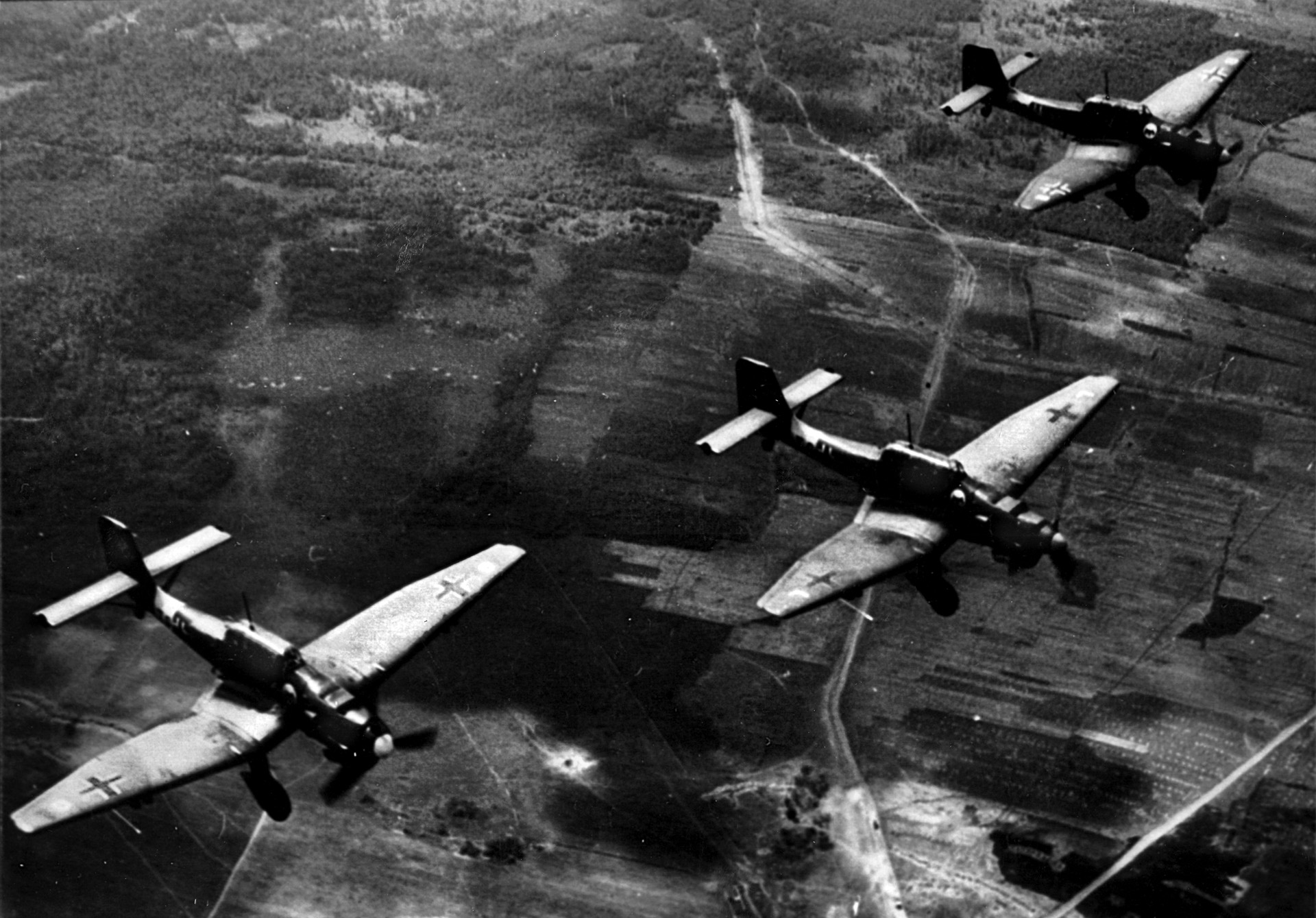
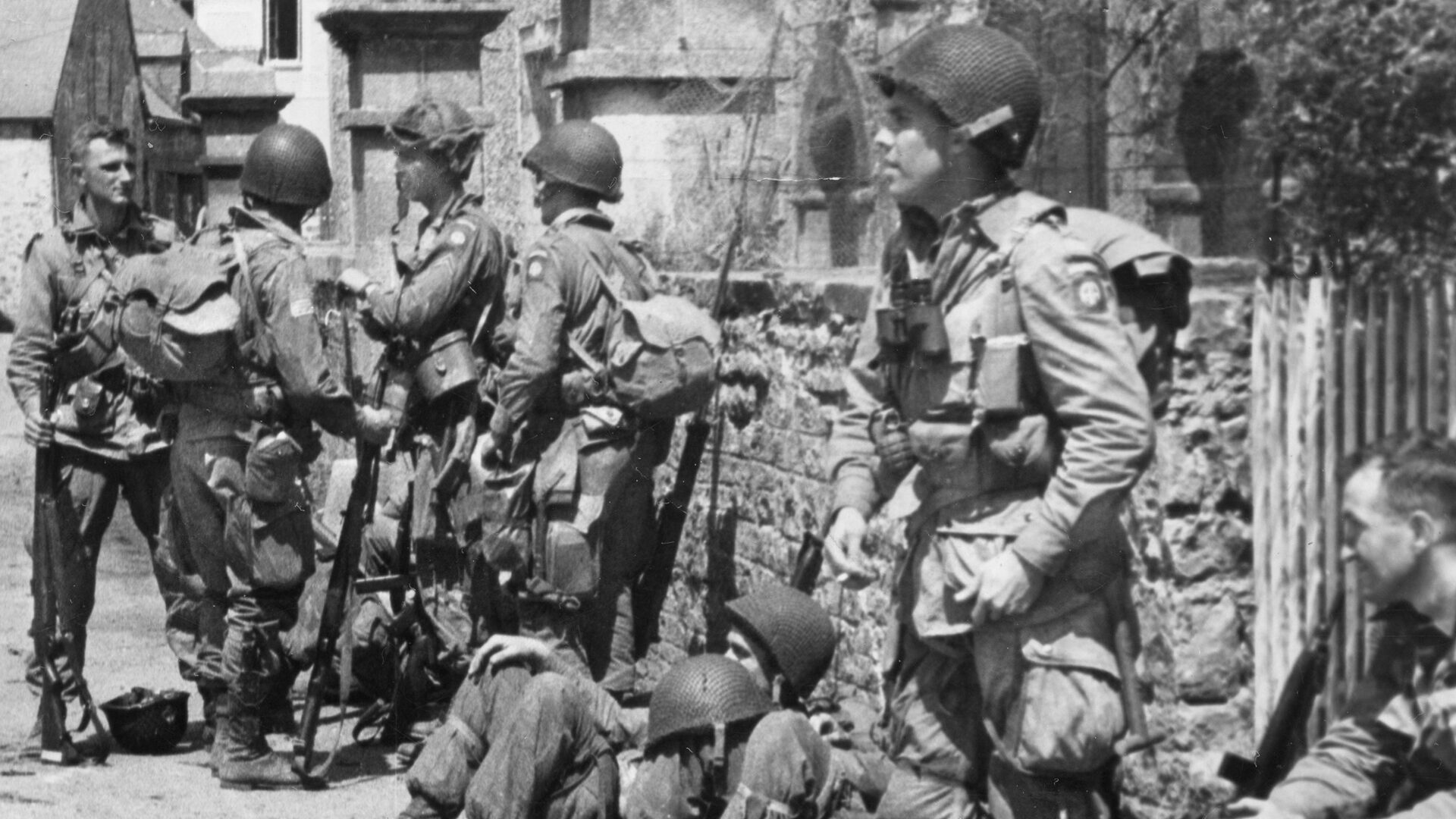
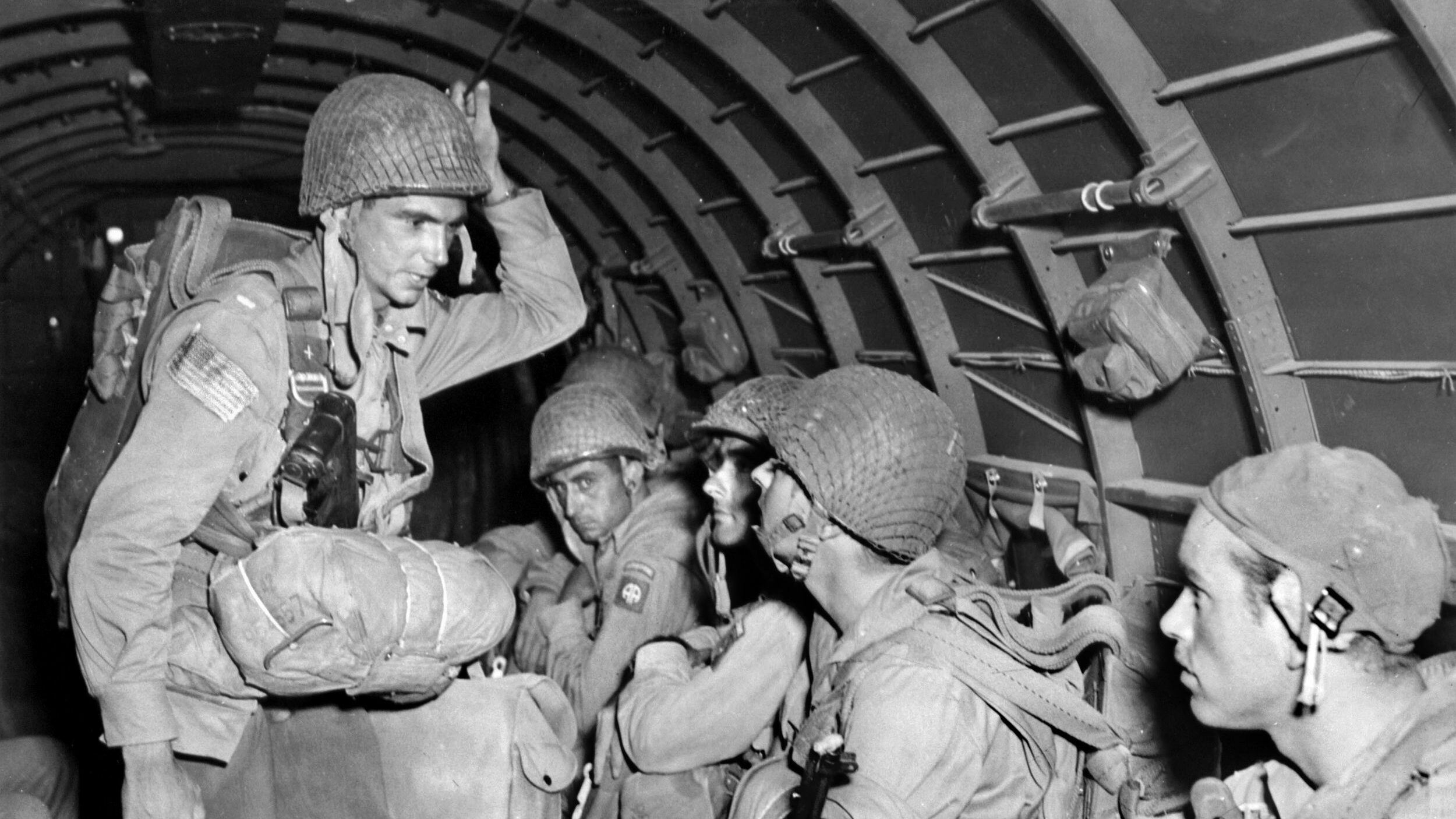
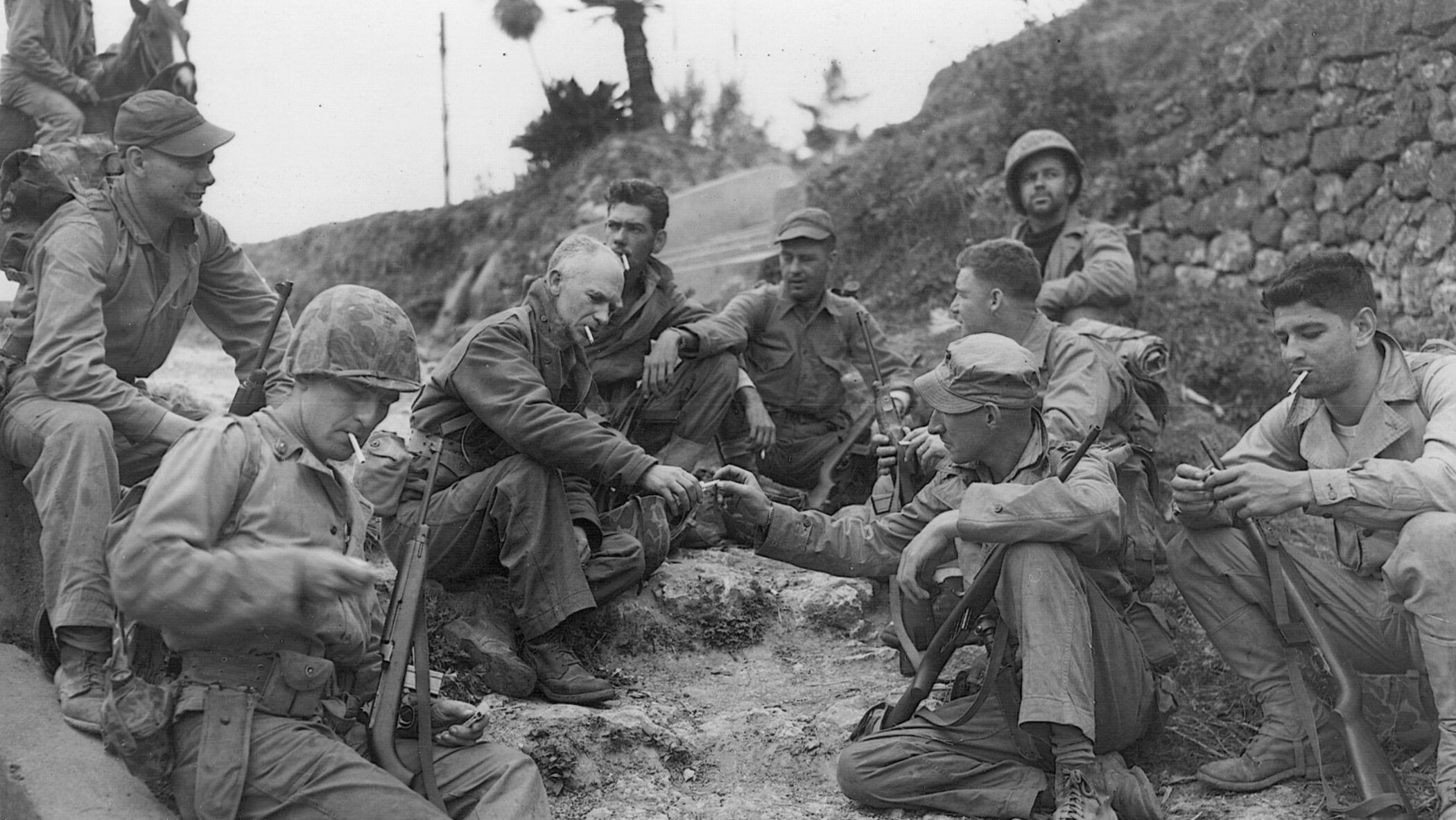
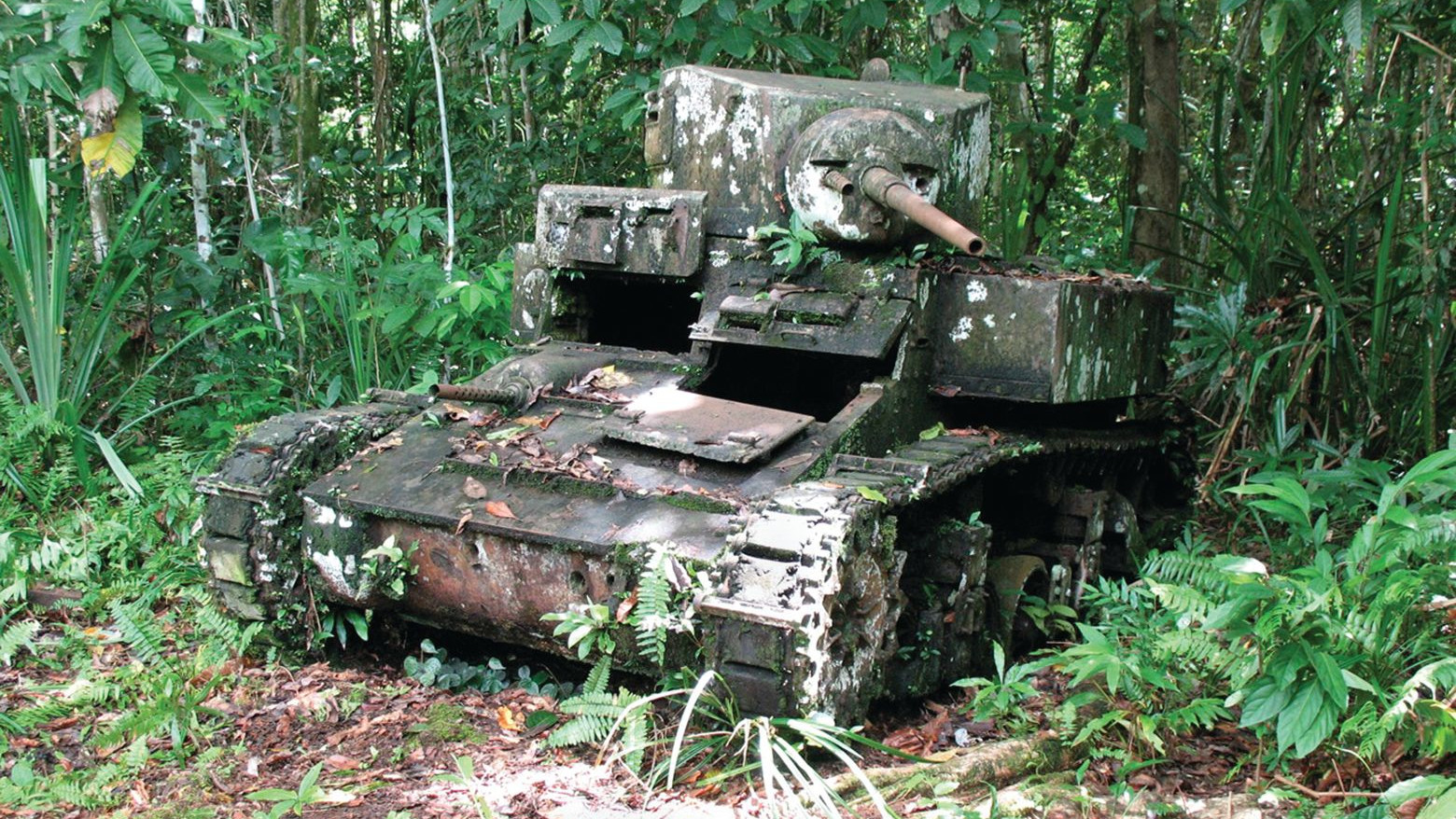
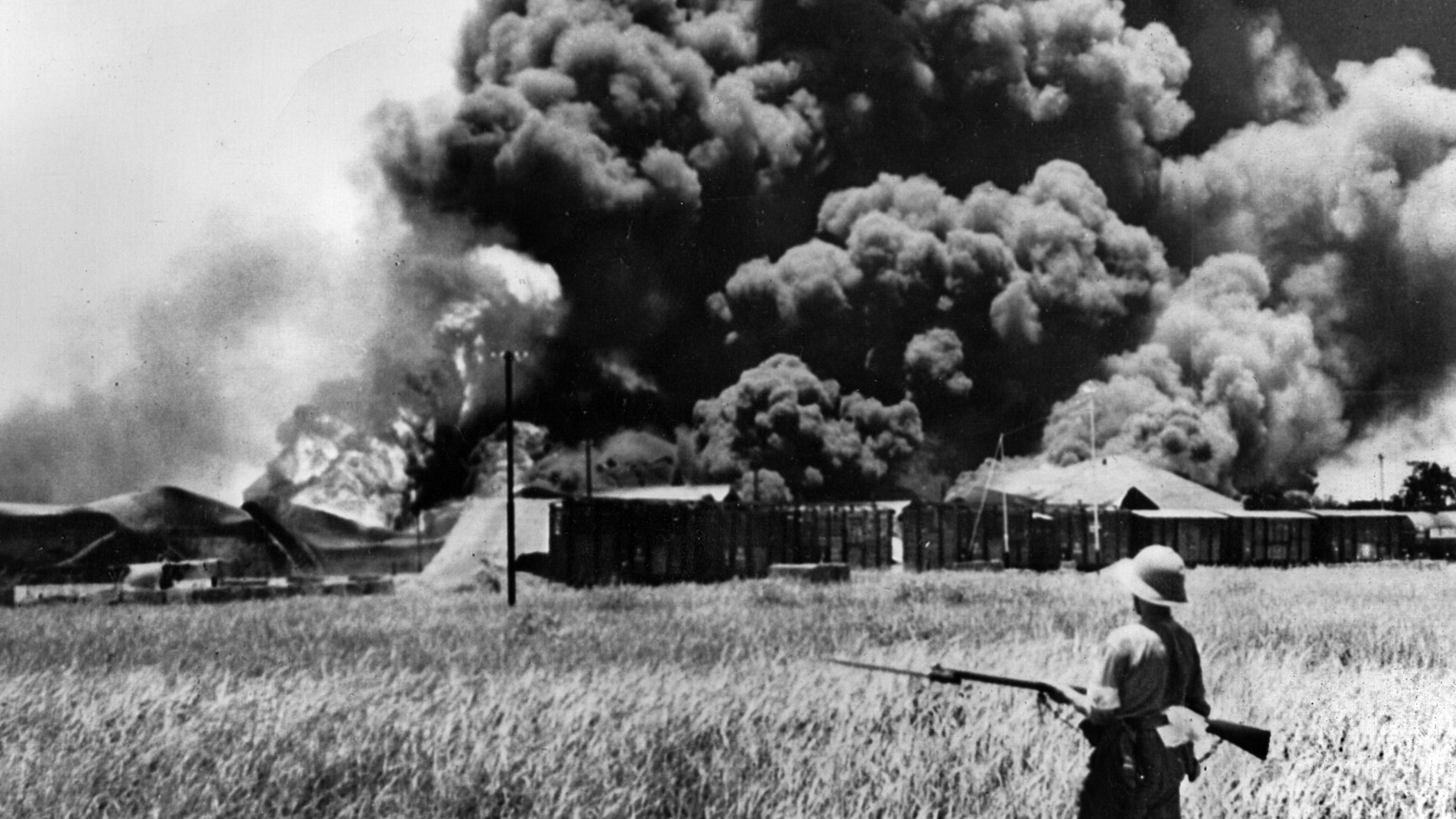
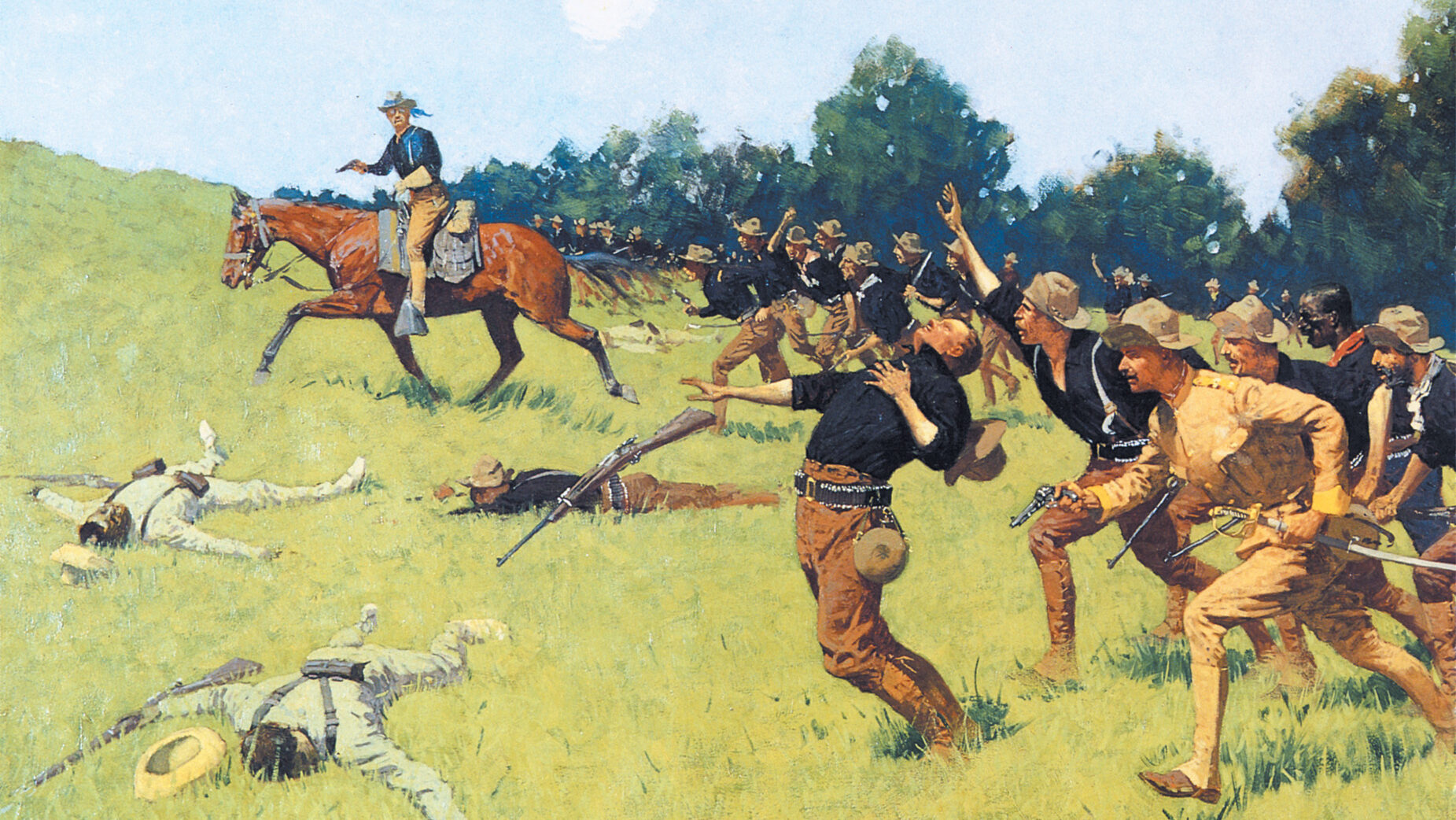
Has LiDAR technology and drone flights ever been used within the excercise zone?One location for a mass grave that is mentioned in Ken Small’s book suggests a row of cottages behind which a field is located flanked by a row of trees.
Has anyone looked in the German Navy records for their account of what happened? It might help shed some light on all this.